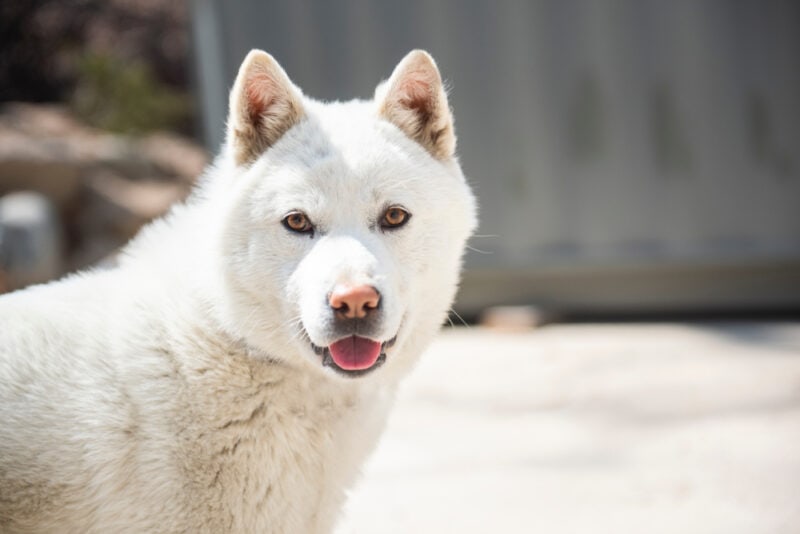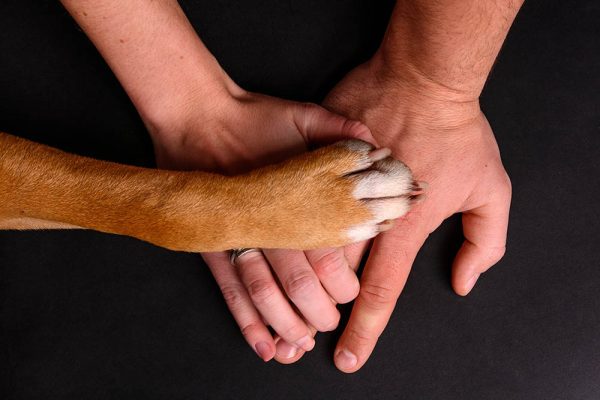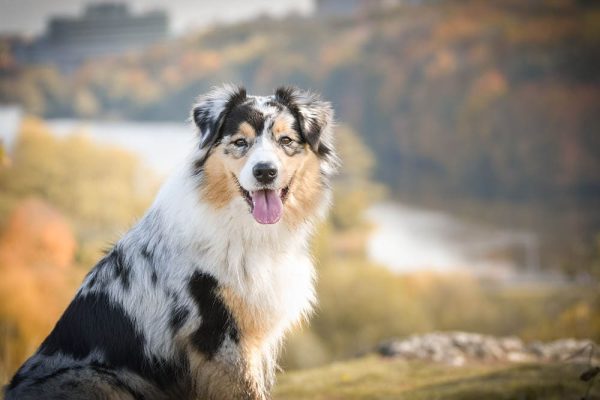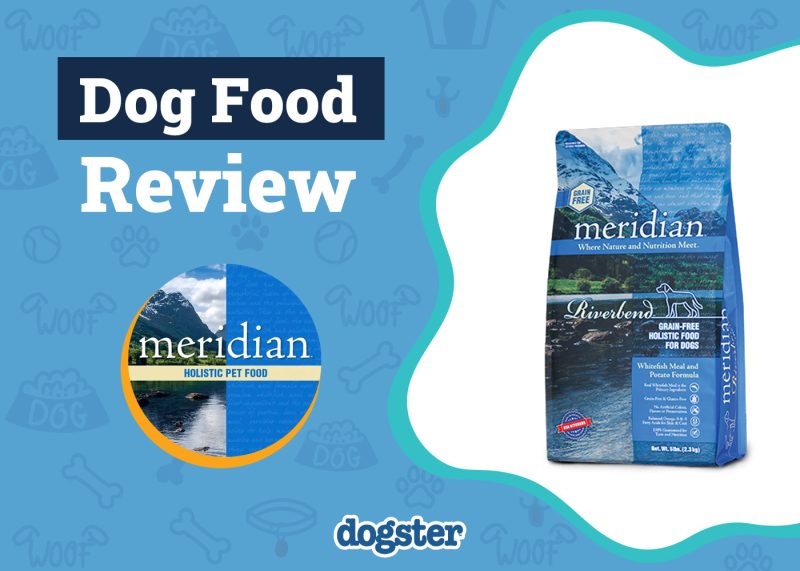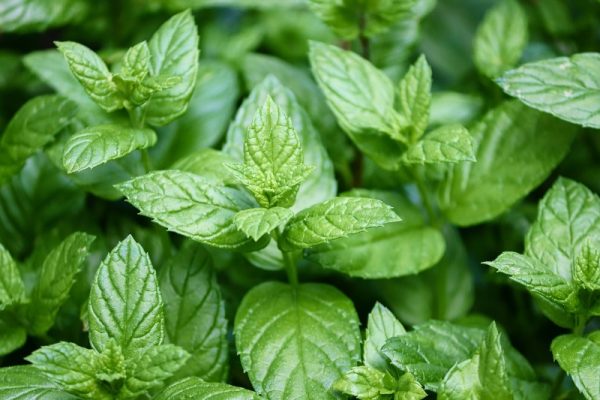Most countries have dog breeds that are native to them, but what sort of dog breeds are native to Korea? Korea only has seven dog breeds that are considered Korean, with many breeds being somewhat similar in appearance. Several of these breeds are also incredibly rare inside and outside the country.
Want to learn more about Korean dog breeds? Below you’ll find the seven native breeds, along with information about their history, appearance, and more. Keep reading!

How Are Korean Dog Breeds Classified?
What classifies a dog breed as a Korean one? Korean dog breeds are considered native to Korea. Though many of the breeds listed below were not originally native to the country (it is widely believed most of these breeds were introduced to Korea from Mongolia in the 13th century), they have, at this point, been in the country long enough to be considered a part of the nation’s history, and thus, native. Unfortunately, several of them are also currently facing the risk of extinction. However, organizations are hard at work trying to preserve the bloodlines of these canines.
The 7 Korean Dog Breeds
Below you’ll find the seven dog breeds native to Korea! From the Korean Jindo to the Jeju Dog, each is unique (and, of course, super cute!).
1. Donggyeongi Dog

| Origin: | Gyeongju (formerly Donggyeong), South Korea |
| Lifespan: | 12–14 years |
| Height: | 17–22 inches |
Donggyeongi dogs look very similar to the Korean Jindo, except for one notable difference—their naturally occurring bobbed tails. This breed was quite popular in Korea but is extremely rare these days. Why did the Donggyeongi become so rare?
First was the Japanese occupation of Korea; the Japanese found these dogs to closely resemble the Japanese Komainu, so they destroyed every Donggyeongi they came across, nearly making the breed extinct. And even after the Japanese were gone, these canines never regained popularity because people began to believe their short tails would bring about bad luck and didn’t want them as pets any longer.
Though there aren’t many left these days, they are now a protected breed, so hopefully, their numbers will increase. The Donggyeongi dog is a hunting dog that can be a challenge to train. The medium-sized breed comes in cream, brown, black, and occasionally white.
2. Jeju Dog
| Origin: | Jeju Island, South Korea |
| Lifespan: | 12–15 years |
| Height: | 19–25 inches |
The Jeju Dog is, of course, named for Jeju Island, a large island off Korea’s southern coast and the origin of this breed. The Jeju is one of the largest native dogs in Korea and has many similarities with the Korean Jindo. However, the Jeju has a pointy forehead that gives females a fox-like look and males a wolf-like one.
Jeju Dogs are rare, too; in fact, they were almost completely wiped out in the 1980s, with only three of these canines still alive at the time. Those three pups were used to help revitalize the dying breed, though, and there are now at least 100 Jeju Dogs in Korea.
The Jeju Dog comes in gray or white and makes a fabulous guard dog due to their alert nature and innate wariness of strangers.
3. Korean Jindo
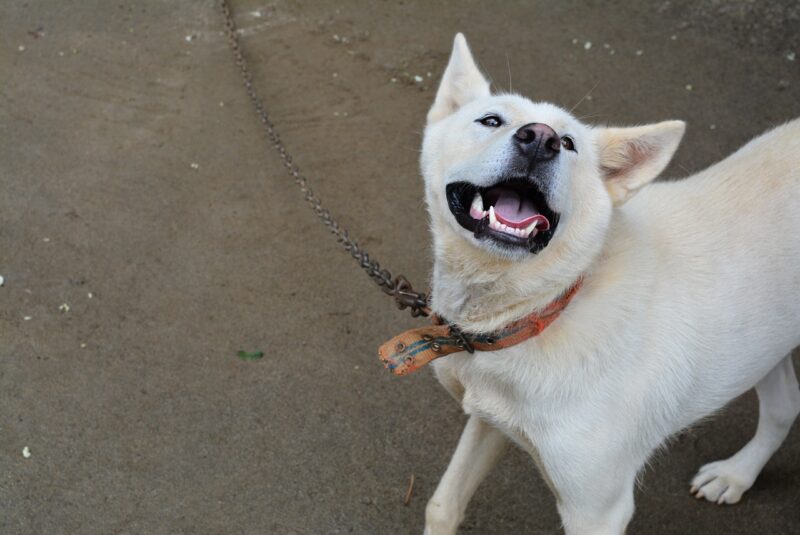
| Origin: | Jindo Island, South Korea |
| Lifespan: | 10–14 years |
| Height: | 18–22 inches |
When you think of Korean dog breeds, the Korean Jindo is likely the first dog that comes to mind, as this breed is the most well-known. This breed is also the 53rd national monument of Korea! But perhaps the reason the Korean Jindo is so popular and well-known is due to the stories about them. There was Baekgu, a Korean Jindo that spent 7 months traveling 186 miles to find their master. Then there’s the tale of three of these canines taking down a Siberian tiger. It’s easy to see why they’re so well-liked.
Other than tales and legends, though, the Korean Jindo simply makes a wonderful companion. Though these are hunting dogs with high prey drives, the breed is incredibly loyal and courageous and can form strong bonds with people, making them excellent pets and guard dogs for families. The breed has also been used as military dogs but tends to do better in search and rescue.
The Korean Jindo can come in brown, cream, or white and is the only dog breed in Korea that is recognized by the Korean Kennel Federation.
4. Korean Mastiff (Dosa Dog)
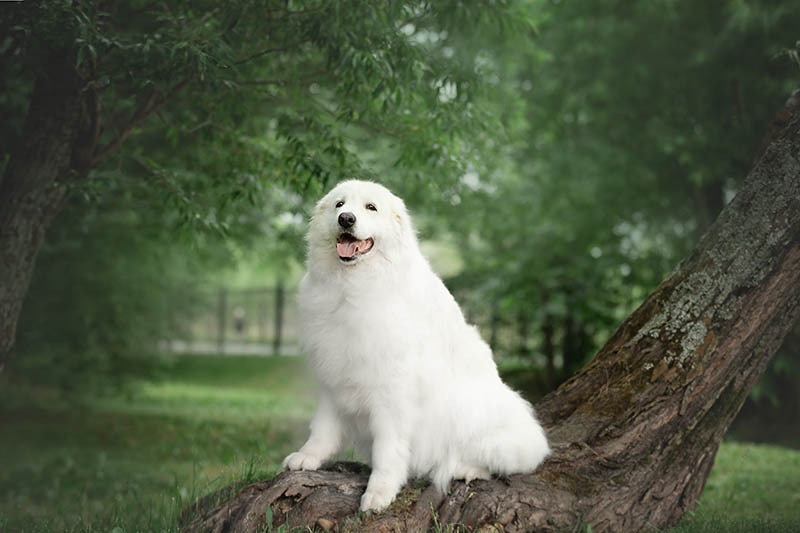
| Origin: | South Korea |
| Lifespan: | 6–12 years |
| Height: | 23–30 inches |
The Korean Mastiff (known as Mee Kyun Dosa or the Dosa Dog in Korea) is the largest of the native Korean breeds and also one of the rarest. A breed that can end up being 185 pounds, these dogs can look a bit intimidating, but they’re quite gentle and sweet. The Korean Mastiff is also a newer breed, as it’s only been around for roughly 200 years.
They’re probably best known for their looks; besides being extremely large, this canine breed has ample folds of loose skin that hang over the head, face, and neck. The Korean Mastiff comes in chocolate or mahogany and is bred as both a companion dog and a show dog.
5. Nureongi Dog

| Origin: | South Korea |
| Lifespan: | Unknown |
| Height: | 18–20 inches |
If you’re wondering why the lifespan of the Nureongi dog is unknown, it’s because this Spitz-like dog breed is more often raised to be meat rather than as a companion, so it’s difficult to say how long their lifespans are. Korea has a tradition of eating dog meat—though it certainly isn’t part of a regular diet and is now heavily restricted in the country—and this landrace breed provides a good majority of the meat consumed.
The Nureongi breed is similar in looks to the Korean Jindo (some believe they are actually ancestors of the Jindos), but there are a few differences. For one, Neurongis tend to have a pattern on their face that makes them seem as if they’re wearing a mask. They also have short coats featuring yellow patches.
This breed has been used as hunting dogs in the past due to their intelligence, athleticism, and agility. They are also quite devoted to their favorite humans and are incredibly gentle.
6. Pungsan Dog
| Origin: | Kim Hyong Gwon County (formerly Phungsan County), North Korea |
| Lifespan: | 13–14 years |
| Height: | 22–24 inches |
The Pungsan Dog is the only canine breed on this list from North Korea rather than South Korea. Coming from the Hermit Kingdom, not much is known about the breed, and these pups are rare. However, a few have been gifted from the leader of North Korea to other nations in the past, such as in 2000, when Kim Jong-il gave two of these dogs to the South Korean president, Kim Dae-jung.
What we do know about the Pungsan Dog is that, for a very long time, it was bred to be a hunting dog and is the official dog breed of North Korea. These dogs look similar to the Korean Jindo but are taller and often a bit fluffier.
7. Sapsali
| Origin: | South Korea |
| Lifespan: | 10–12 years |
| Height: | 19–23 inches |
Finally, we have the Sapsali, one of the cutest of the Korean dog breeds with its long, shaggy coat, and this is a breed that has a special place in Korean folklore and history. Also known as the “Ghost Dog,” the Sapsali is thought to frighten away evil ghosts and spirits. Though the origins of the Sapsali aren’t entirely clear, they’re thought to have been around since the Three Kingdom period of Korea, which was from 37 B.C. to 668 A.D. They were exceptionally popular in the Silla Kingdom, where they were kept by aristocrats and enrolled by noblemen into the kingdom’s military.
Though the breed was once on the edge of extinction, it has been revitalized, and the Sapsali is now a national monument of South Korea. These medium-sized canines are often called “lion dogs” by locals due to their shaggy coats and come in red, gold, black, brown, gray, or a mix of these colors. The breed is known for being silly and laidback, making them a popular pet.

Conclusion
There you have it, the seven native Korean dog breeds! Though some of these canines weren’t always native to the country, they’ve been around long enough that they are now considered Korean breeds. Many of them are quite similar in appearance, but all are unique. Most of the dogs are also on the rarer side, with a few having been close to extinction in the past. Luckily, many organizations are working to revitalize these breeds, so maybe one day, you’ll be able to find them outside of Korea, too.
- Might Also Interest You: 19 Popular Teacup Dog Breeds (with Pictures)
Featured Image Credit: juwan0419, Shutterstock
